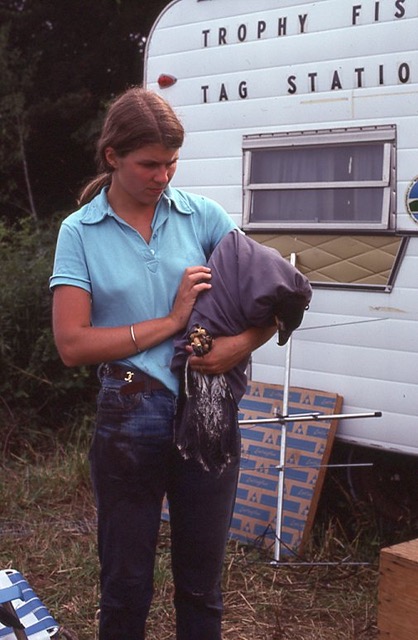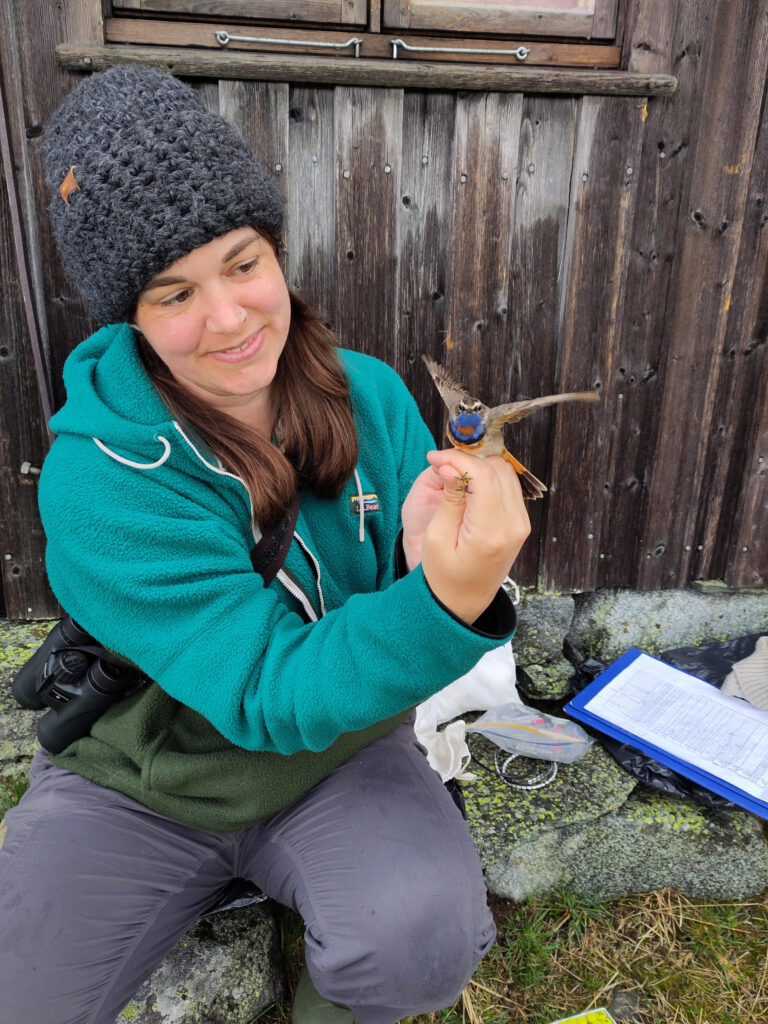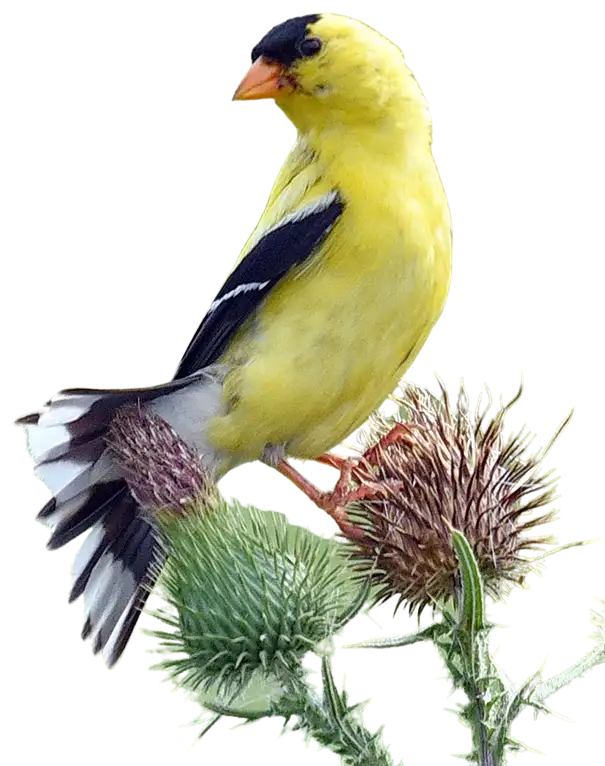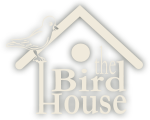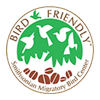In 2017, the AOS Committee on Classification and Nomenclature considered a proposal to split Nashville Warblers into two separate species; our familiar eastern birds would be renamed “Rusty-capped Warbler”, and the western group would be called the “Calaveras Warbler.” All three names should inspire confusion. Why is the bird currently named after a place it only visits on migration? If it splits, why would the western group be given a dramatic name that recalls jumping frogs and the Day of the Dead, while the eastern group be named after a feature only rarely seen in the field?
In fact, bird names in general are often perplexing. Does Wilson really need to have five North American species bear his name? Wouldn’t the Ring-necked Duck be better named the Ring-billed Duck, and the Red-bellied Woodpecker be better named the Red-capped Woodpecker? Are there Southern Cardinals, Uncommon Mergansers, and Catbirds of any color but Gray? And to top it off, American Redstarts aren’t red, Scarlet Tanagers aren’t tanagers, and Olive Warblers are neither olive nor warblers!
Join us for an evening of fun to hear why the Red Knot was named for an ancient Danish king, why the Green Heron got – and lost – its green back, and why you occasionally get armchair ticks to your birdlist. In this informative talk, we’ll tell the stories behind the common and scientific names of some of our favorite birds and we’ll learn about how those naming decisions are made.
Andrea Patterson has a deep curiosity about many aspects of birds, their life cycles, and habits. A recent question posed to her—how do birds get their names—launched her into researching the interesting topic of bird nomenclature. Why is an Orange-crowned Warbler called by this name when only a tiny bit of orange–rarely seen–exists on its head? Why is a Robin called a Robin when it is in the Thrush family? Come find out when Andrea presents results of her research at the February 8, 2018, Rochester Birding Association monthly meeting.
Patterson wears many hats. She currently supervises bander training and education at the Braddock Bay Bird Observatory in Greece, NY, and she helps to oversee the banding of nearly 10,000 birds annually. She also serves on the boards of North American Banding Council, Eastern Bird Banding Association, Braddock Bay Bird Observatory, and our own Rochester Birding Association. She attends conferences on bird issues and has been sought after as a speaker on bird molt patterns.



